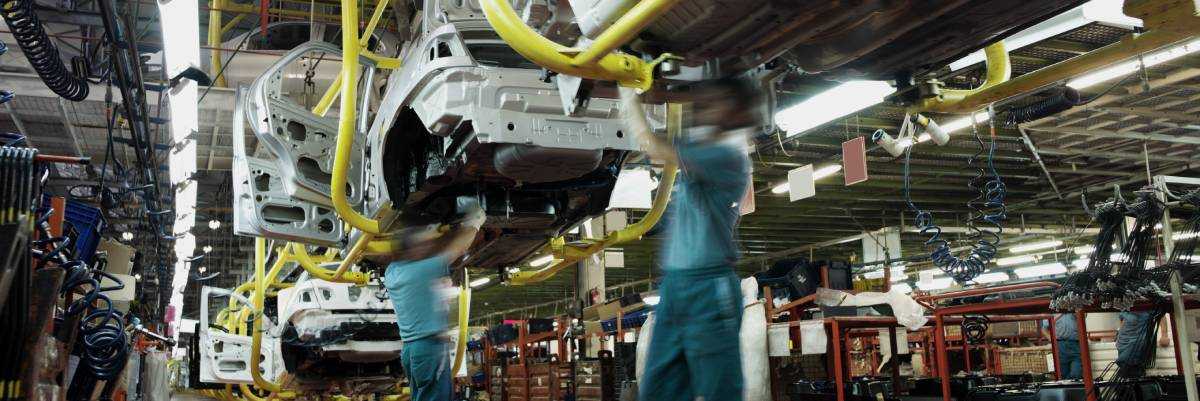In its publication, 8D – Problem Solving in 8 Disciplines, the German Association of the Automotive Industry (VDA) emphasizes how the Kepner-Tregoe IS/IS NOT method can be used to help achieve an “excellent” rating during an audit.
The concept of “IS – IS NOT”, first introduced by Kepner-Tregoe in 1958, may seem straightforward at first glance. However, when applied correctly, it reveals its full potential and helps to identify root causes effectively and efficiently. Like many other things in life, incorrect application usually leads to wasted time and frustration.
Here are the most common mistakes made when using the IS-IS NOT method:
1. Hardly any “IS NOT” Information is provided
We often focus solely on the “IS” data, while “IS NOT” information is comparatively sparse. This has a knock-on effect throughout the entire analysis process:
- Looking for Distinctions, which are absolutely essential in highlighting the difference between the IS and the IS NOT becomes much more difficult
- Defining the scope of the problem becomes impossible
- The testing of possible causes is also rendered less effective
An excellent IS-IS NOT analysis should include thorough IS NOT information.
2. IS NOT information is seen only as the opposite of the IS information
The IS NOT data can be the opposite of the IS data, but not necessarily! For example, if the deviation is “black spots”, the IS NOT isn’t automatically “white spots” – that might not even be possible. The questions about what IS NOT always aim to explore the possible alternatives that could have occurred but did not. Often, this process is cut short by rushing through the IS NOT questions. See above for the drawbacks of this approach!
3. Questions about the IS-IS NOT information are answered inaccurately
Some of the questions in the IS-IS not process are frequently answered incorrectly because the intent behind the question is unclear. The most often misunderstood question is the third “WHEN” question: “When was the deviation first observed since the object existed or during its lifecycle?” Here, the aim is to relate the occurrence of the deviation to another event or condition. Answers often begin with: “during”, “before”, “after”, etc. This is not about identifying a specific date or time, nor a place.
4. IS-IS NOT information is either used incorrectly, or not at all, to find Distinctions
Distinctions show the differences between the IS and the IS NOT and are formulated so that they only apply to the IS. The IS NOT is used as a comparison. If information such as “is different”, “is not the same”, or specific qualities such as thickness or length are identified as distinctions, the search for relevant changes becomes very difficult or even impossible. The strength of using Distinctions cannot be fully utilized.
In our workshops, you’ll learn how to apply KT tools successfully to solve problems and to make the most of the KT processes!
Are you filling out templates, or are you actually solving problems?







